1
00:00:03,136 –> 00:00:05,996
Uma das imagens de marca de Portugal
{{One of the trademark images of Portugal}}
2
00:00:05,996 –> 00:00:11,556
são as típicas calçadas que fazem parte das várias cidades do país.
{{are the traditional sidewalks that are part of the various cities of the country.}}
3
00:00:11,556 –> 00:00:13,896
A calçada portuguesa é caracterizada
{{The Portuguese sidewalk is characterized}}
4
00:00:13,896 –> 00:00:19,356
pela combinação de pequenas pedras cúbicas, pretas e brancas,
{{by the combination of small cubic stones [that are] black and white,}}
5
00:00:19,356 –> 00:00:24,155
de forma a criar formas ou imagens que decoram os passeios pedonais.
{{in order to create shapes or images that decorate the pedestrian walkways.}}
6
00:00:24,156 –> 00:00:29,576
Este tipo de calcetamento ficou mais conhecido a partir do século XIX
{{This type of pavement became better known from the 19th century on}}
7
00:00:29,576 –> 00:00:32,956
e rapidamente foi levado para outras partes do mundo,
{{and was quickly taken to other parts of the world,}}
8
00:00:32,956 –> 00:00:34,956
sobretudo países lusófonos.
{{especially Lusophone countries.}}
9
00:00:34,956 –> 00:00:38,436
Por exemplo, está bastante presente no Brasil,
{{For example, it is quite present in Brazil,}}
10
00:00:38,436 –> 00:00:43,015
sendo o exemplo mais famoso, a marginal de Copacabana.
{{the most famous example being the Copacabana waterfront.}}
11
00:00:43,016 –> 00:00:45,776
Contudo, segundo relatos mais antigos,
{{However, according to older reports,}}
12
00:00:45,776 –> 00:00:47,755
foi no ano de 1500
{{it was in the year 1500}}
13
00:00:47,755 –> 00:00:51,825
que terão surgido os primeiros usos deste tipo de pavimentação.
{{that the first uses of this type of pavement emerged.}}
14
00:00:51,825 –> 00:00:55,956
Nessa altura, serviria para a passagem do rei de Portugal,
{{At that time, it would serve for the passage of the King of Portugal,}}
15
00:00:55,956 –> 00:00:58,755
que na altura era D. Manuel,
{{that at the time was D. Manuel,}}
16
00:00:58,755 –> 00:01:02,395
e as pedras eram brancas e de forma irregular.
{{and the stones were white and irregularly shaped.}}
17
00:01:02,396 –> 00:01:05,256
No início, foram utilizadas rochas de granito
{{In the beginning, granite rocks were used}}
18
00:01:05,256 –> 00:01:07,556
originárias da região do Porto,
{{originating in the region of Porto,}}
19
00:01:07,556 –> 00:01:11,736
mas, como o seu transporte representava um custo muito elevado,
{{but, as their transportation was too costly (“represented a very high cost”),}}
20
00:01:11,746 –> 00:01:13,896
foram substituídas pelo calcário.
{{they were replaced by limestone.}}
21
00:01:13,896 –> 00:01:19,496
Logo após o Terramoto de Lisboa, de 1 de novembro de 1755,
{{Just after the Lisbon Earthquake of November 1, 1755,}}
22
00:01:19,496 –> 00:01:22,936
foi necessário reconstruir grande parte da capital.
{{it was necessary to rebuild much of the capital.}}
23
00:01:22,945 –> 00:01:24,695
Durante a reconstrução,
{{During the reconstruction,}}
24
00:01:24,696 –> 00:01:28,476
este tipo de calçada assumiu um papel fundamental
{{this type of sidewalk assumed a key role}}
25
00:01:28,476 –> 00:01:32,296
na decoração dos pavimentos das zonas mais nobres,
{{in the decoration of the pavements of the noblest areas,}}
26
00:01:32,296 –> 00:01:36,156
como o Terreiro do Paço, Rossio e a zona de Belém.
{{like Terreiro do Paço, Rossio, and the Belém area.}}
27
00:01:36,156 –> 00:01:42,236
Na atualidade, podem encontrar-se novas utilizações e adaptações da típica calçada,
{{Nowadays, new uses and adaptations of the traditional sidewalk can be found,}}
28
00:01:42,236 –> 00:01:46,396
existindo um renascer de uma arte com mais de 500 anos.
{{there being a rebirth of an art over 500 years old.}}
29
00:01:46,405 –> 00:01:48,095
Sendo um trabalho manual,
{{Being a handiwork,}}
30
00:01:48,096 –> 00:01:53,056
as várias pedras de calcário são trabalhadas e aplicadas de uma forma irregular
{{the various limestones are crafted and applied in an irregular manner}}
31
00:01:53,056 –> 00:01:55,496
pelos experientes mestres calceteiros,
{{by the experienced master “calceteiros” (people who lay paving stones),}}
32
00:01:55,496 –> 00:01:59,536
o que faz dela uma obra única da criação humana.
{{which makes it a unique work of human creation.}}
 We respect your privacy and have a ZERO TOLERANCE for spam.
We respect your privacy and have a ZERO TOLERANCE for spam.






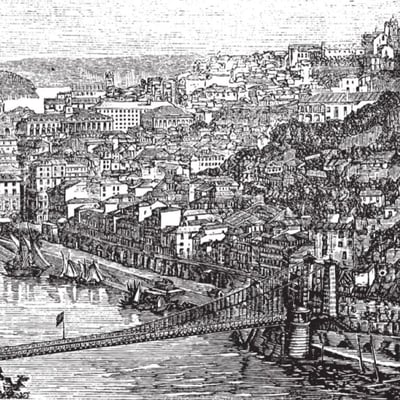
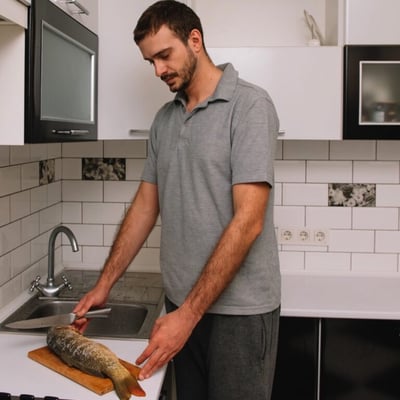

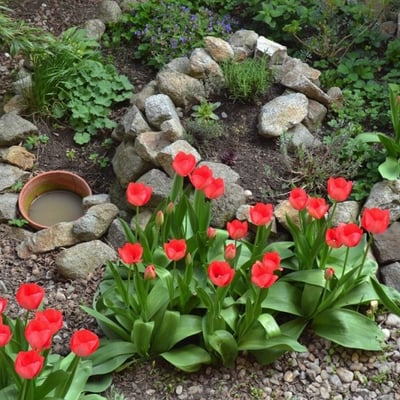

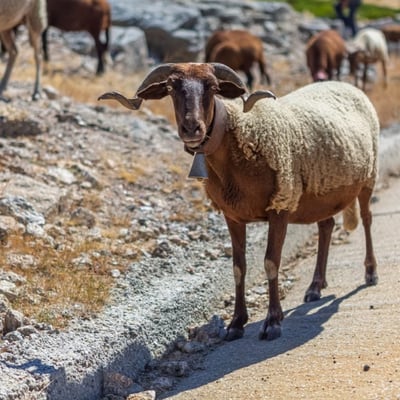
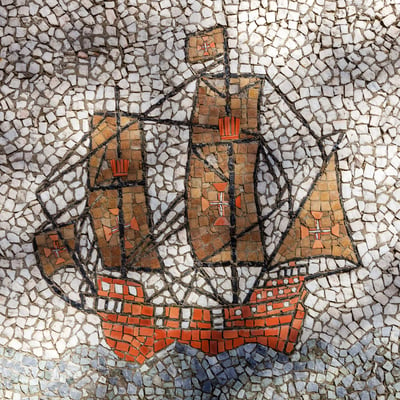

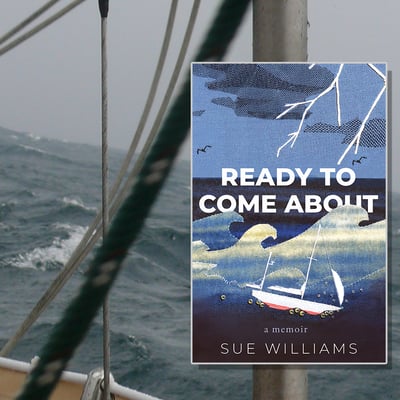
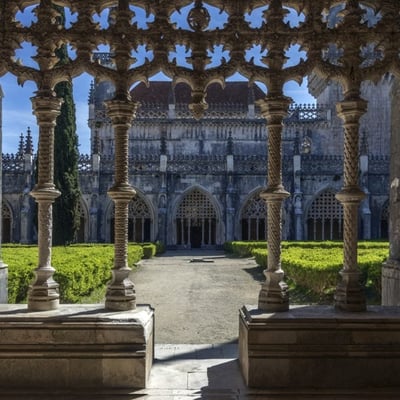
bastane present – surely much more than quite present – more like ubiquitous or dominate or to be seen everywhere?
Yes, the translation would be “quite present” or “very present”, but you’re probably right that it’s found almost everywhere, at least in wealthier areas.
Dizemos sempre quando vemos as calçadas modernas que ainda não estão completas depois de vários anos … oh, estamos em Portugal … onde estão as pavimentadoras profissionais ……. uma lanchera?
Esta o mesmo em Brasil.
I would love to see more C1 content like this to know more about the Portuguese culture. Why’s no C2 level shorties?
Sure, we’ll work on creating more C1 and highly advanced content! Keep in mind that these levels are just an estimate, so you may even find some of the B2 content useful. Currently we just put anything that is more advanced under C1, but some of it could maybe be considered C2. It’s a bit more ambiguous at that stage and tends to be more about filling in the tiny gaps of your own individual progress.
We didn’t create a C2 category mainly because by that level, most learners turn to less structured methods of learning and this type of activity would not be as useful for someone who is already basically fluent. At C2 you could focus mostly on content that was already created for native Portuguese speakers, work on specific academic language by reading journal articles, practice the language in new contexts / with people who speak different dialects or highly idiomatic language, things like that. We will certainly work on adding more advanced content and more episodes about Portuguese culture, though!